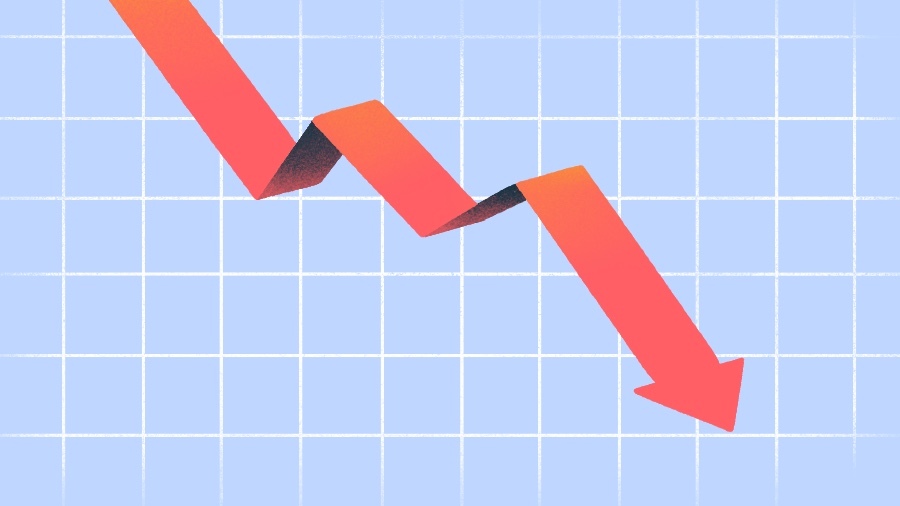Global funding has slowed since March, and as the public market downturn stretched into the second quarter, investors have raised repeated alarms to founders to cut back and assume that raising capital at last year’s inflated valuations is now off the table.
Startups raised funding at record rates during the 2021 go-go year.
Now, founders report that raising funding has become much more challenging.
Search less. Close more.
Grow your revenue with all-in-one prospecting solutions powered by the leader in private-company data.
From an investor’s perspective, it’s a better environment to invest, as prices have come down and funding rounds are less competitive, allowing time for due diligence and getting to know founders.
So are valuations really down markedly this year?
Not according to Crunchbase data. We reviewed U.S. fundings from Series A through Series C between 2018 through the first half of 2022 to look at average and median check sizes to see how they have changed.1
What we found: Average and median-sized rounds raised by startups in the first half of this year are not down dramatically.
Average A through C
Average fundings at Series A and B in the U.S. have fallen from the second half-year peak of 2021, but are still at or above averages a year out.
- The average U.S. Series A for H1 2022 was $20.4 million, down 20% compared to H2 2021 at $25.6 million. Amounts are on par with H1 2021 and well above the $16 million 2020 average.
- U.S. Series B fundings tracked at $50 million, down 8% from $54.4 million in the second half of 2021, but up from H1 2021 at $45.4 million. The average in 2020 was $35.8 million.
- Series C fundings in the U.S. are on par for each fiscal half-year since 2021, averaging between $88 million and $89.5 million. These rounds are up from the average in 2020 at $62.8 million.
Median A through C
Median funding Series A through Series C are on par or up in the second quarter of 2022. Keep in mind, this might be artificially higher as the long tail of smaller fundings are added to Crunchbase over time. Still, even if we adjust to remove fundings below $10 million from our analysis, these trends hold up.
A rational market?
Some of the most active venture investors have invested less in the second quarter and shifted to earlier-stage fundings. Accel and a16z, two of the most active VC firms, matched this trend in recent months. Late-stage investors have also slowed down.
For now, companies that have announced their Series A, B and C fundings in H1 2022 are not showing a serious dip from the peak of 2021.
Methodology
The data contained in this report comes directly from Crunchbase, and is based on reported data as of June 23, 2022.
Crunchbase, like all databases of private-market transactions, has a documented pattern of reporting delays. The data for 2022 will increase over time relative to previous years. As data is added to Crunchbase over time, some of the numbers in this report may shift.
For this analysis we look at U.S. funding specifically. Different geographies show different pricing based on regional venture ecosystem dynamics.
Illustration: Dom Guzman
We focus here on a large single market, the U.S. funding market, in order to remove geographic disparities. ↩

Stay up to date with recent funding rounds, acquisitions, and more with the Crunchbase Daily.






![Illustration of a man sitting on a huge pile o' money. [Dom Guzman]](https://news.crunchbase.com/wp-content/uploads/Giant_Funding-470x352.jpg)
![Illustration of a guy watering plants with a blocked hose - Global [Dom Guzman]](https://news.crunchbase.com/wp-content/uploads/quarterly-global-3-300x168.jpg)
67.1K Followers